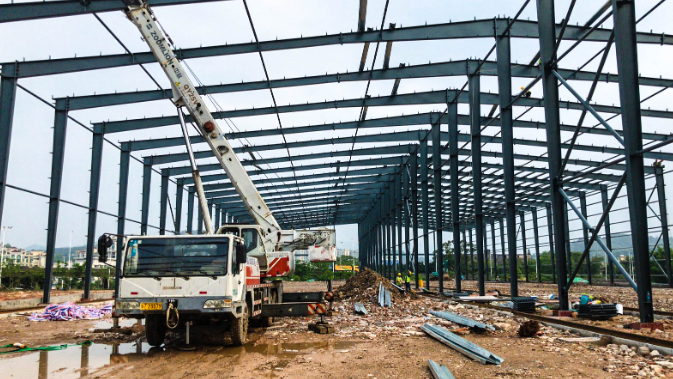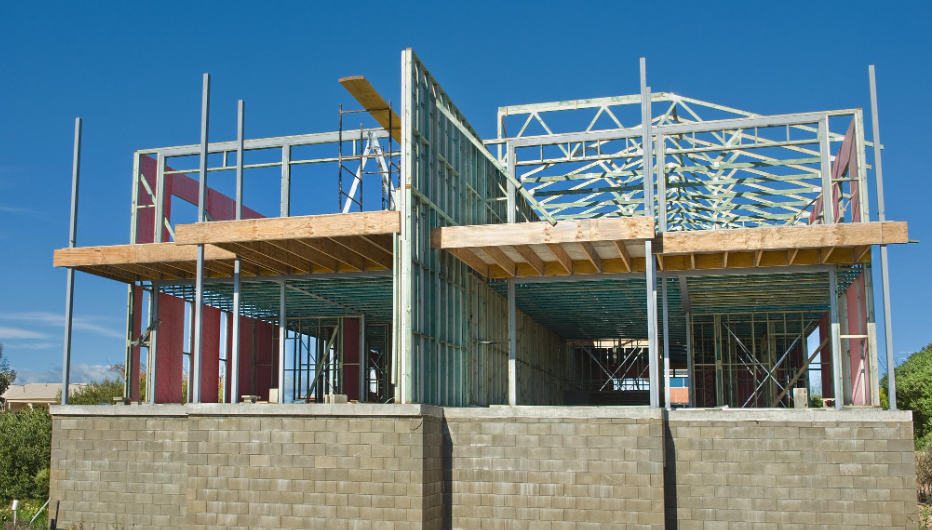Welding Technology in Steel Structure Design Engineering
Steel structure engineering boasts exceptional strength, making it ideal for achieving superior construction outcomes in high-rise buildings or large-span structures. However, many construction workers in China have a limited understanding of steel structure engineering, failing to grasp the crucial aspects of welding in steel structure design. This lack of expertise has a direct impact on the ultimate quality of steel structure projects. Therefore, to enhance the construction quality of steel structure buildings, it is imperative to strictly control and manage the welding processes within steel structure projects, ensuring the quality of steel structure design and promoting continuous advancements in the construction industry and techniques.
1. Control of Pre-welding Preparations in Steel Structure Design Engineering
Pre-welding preparations in steel structure design primarily involve groove preparation, welding assembly, and cleaning of the welding area.
(1) Groove Preparation: The processing of welding grooves directly affects the quality of welding operations. Therefore, it is crucial to strictly follow the steel structure design process during groove preparation. Additionally, it is essential to ensure that the material, specifications, and type of the groove for the run-on and run-off tabs in the steel structure design are identical to those of the parent material.

(2) Welding Assembly: Assembly quality not only influences the geometric dimensions of steel structure components but also affects the formation of weld seams. During welding assembly, it is crucial to consider the ease of welding after assembly. If the assembly hinders the normal welding of specific steel structure seams, it is advisable to weld those seams first before assembling other components. All welding materials used in the assembly should be compatible with the parent material, and the tack weld height should not exceed two-thirds of the weld seam height specified in the steel structure design.
(3) Cleaning of Welding Areas in Steel Structure Design: It is essential to thoroughly remove oil, rust, dust, and other contaminants from both sides of the joint to prevent the formation of pores and cracks in the steel structure weld seams.
2. Control of Welding Sequence
Selecting an appropriate welding sequence for steel structure design can effectively reduce component deformation and prevent crack formation. Therefore, when choosing a welding sequence, it is important to ensure that the weld seams are in a relatively free state of contraction. Weld the seams with larger shrinkage first and those with smaller shrinkage later to ensure that the steel structure weld seams have greater freedom of contraction during welding, resulting in lower residual stresses.

3. Control of Welding Process Parameters
The welding process parameters in steel structure design primarily include welding specifications, preheating temperature, post-heating and hydrogen removal, and post-weld heat treatment. The welding process parameters are clearly specified, and steel structure designers should strictly adhere to these specifications during welding. Special emphasis should be placed on the selection of welding current and arc voltage in steel structure design. Too low a current can cause arc instability, leading to defects such as slag inclusion and incomplete penetration. Conversely, too high a current can result in undercutting, porosity, and other welding defects, accompanied by increased spatter. A long arc, or high arc voltage, can lead to unstable arc burning, increased spatter, shallow penetration, and defects such as porosity and incomplete penetration due to the intrusion of external air.
Steel structure design engineering is widely used in industrial and public construction fields. Welding is a critical process in steel structure fabrication. Enhancing quality control over the welding process not only improves the quality of steel structure design products but also significantly contributes to the overall quality of steel structure projects. Based on this, this article primarily analyzes and discusses the key aspects of welding quality control in steel structure design engineering.



